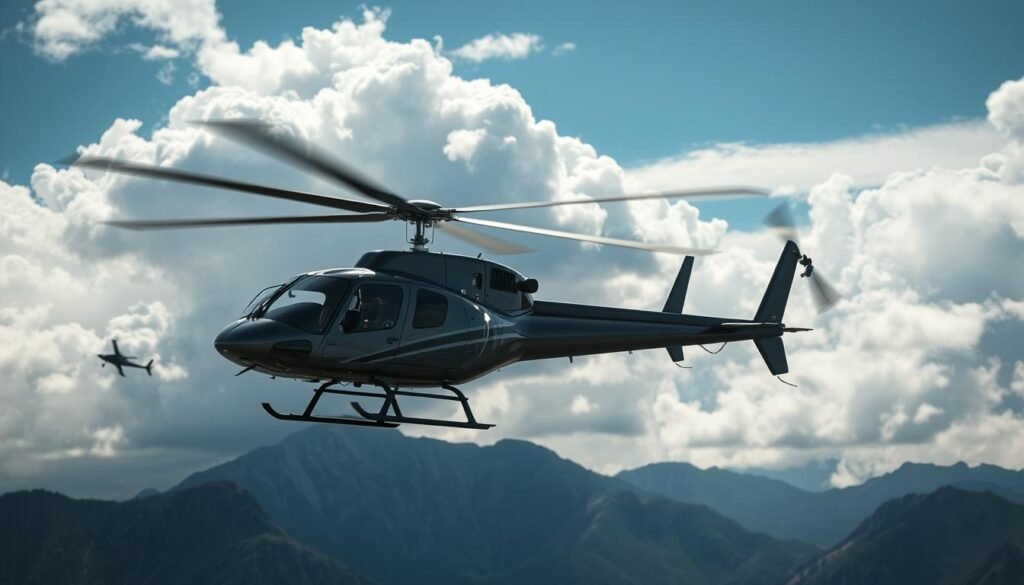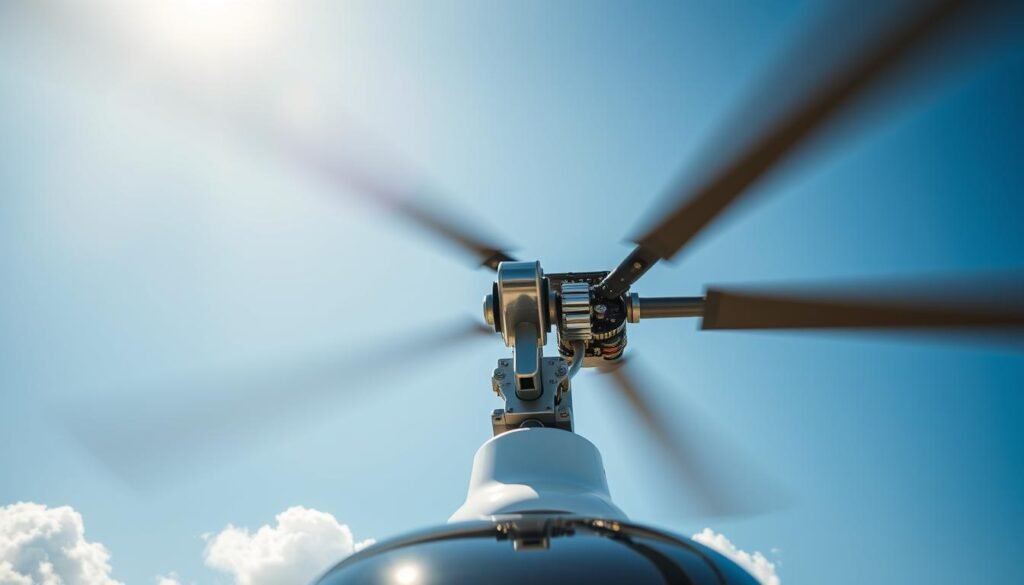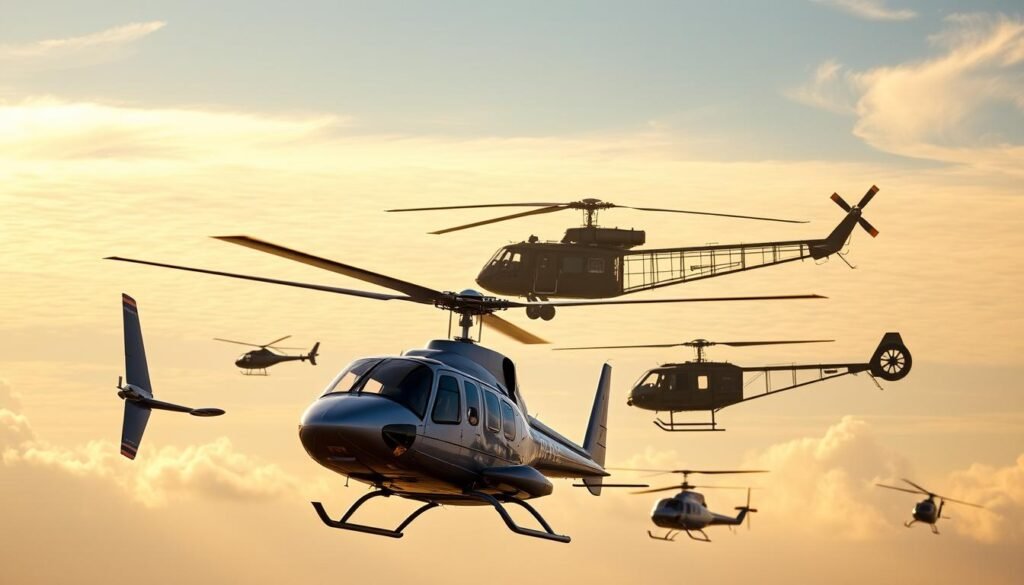The invention of the helicopter was not the result of one individual’s effort but a culmination of ideas and engineering from several pioneers over centuries. From early conceptual designs to the first practical helicopters, the journey of rotary-wing flight was driven by brilliant minds who pushed the boundaries of aviation. Let’s take a look at the key inventors and pioneers behind the helicopter’s development.
Leonardo da Vinci: The Early Visionary
While Leonardo da Vinci never built a working helicopter, his contributions to the concept of vertical flight are monumental. In 1485, da Vinci sketched a design for an “aerial screw,” a machine that would lift into the air using a spiral, corkscrew-like rotor. This design, while impractical at the time, showed that da Vinci understood the fundamental principles of rotary flight. His visionary ideas laid the groundwork for future inventors to explore vertical lift.
Paul Cornu: The First Helicopter Flight
French engineer Paul Cornu is often credited with achieving the first manned helicopter flight in 1907. Cornu’s helicopter was powered by two rotors and a small engine. Although it managed to lift off the ground, the flight was brief and unstable, and the design was not practical for sustained flight. However, Cornu’s attempt marked the first significant step in making vertical flight a reality.
Juan de la Cierva: The Autogyro Pioneer
While not a helicopter in the strictest sense, Juan de la Cierva made important contributions to rotary-wing flight through his invention of the autogyro in the 1920s. The autogyro used an unpowered rotor to generate lift, while a traditional propeller provided forward thrust. Though it couldn’t hover like a helicopter, the autogyro introduced critical rotor technology that later influenced helicopter designs.
Igor Sikorsky: The Father of the Modern Helicopter
Igor Sikorsky is widely considered the father of the modern helicopter. A Russian-American aviation pioneer, Sikorsky built the first truly successful and practical helicopter. His VS-300, which made its first flight in 1939, featured a single main rotor and a small tail rotor for stability, a design that is still used in most helicopters today.
Sikorsky’s R-4, an evolution of the VS-300, became the world’s first mass-produced helicopter and was widely used by the U.S. military during World War II. This design proved that helicopters could hover, fly forward, and land in tight spaces, making them invaluable for a wide range of applications, from military missions to medical evacuations.
Étienne Oehmichen: Pioneering Stable Flight
Another significant figure in helicopter history is French engineer Étienne Oehmichen, who made breakthroughs in achieving stable helicopter flight. In 1924, Oehmichen flew his helicopter, the Oehmichen No. 2, for over 1 kilometer in a circular path. This flight set a distance record at the time and demonstrated that helicopters could be stable and reliable for longer flights.
Arthur Young: Innovator Behind the Bell Helicopter
American inventor Arthur Young played a crucial role in developing the Bell 47, one of the most successful helicopters in aviation history. Young’s innovations in rotor technology and stabilization systems helped make the Bell 47, introduced in 1946, the first helicopter certified for civilian use. The Bell 47 was used extensively for medical evacuations, news reporting, and even agricultural applications.
Conclusion: A Collaborative Effort
The invention of the helicopter was not the work of one person but the result of contributions from multiple visionaries and engineers. From Leonardo da Vinci’s early sketches to Igor Sikorsky’s pioneering designs, each of these individuals played a key role in shaping the history of rotary flight. Today, helicopters are used for countless purposes, thanks to the ingenuity of the brilliant minds who made vertical flight a reality.
Related Articles
- How Helicopters Revolutionized Emergency and Rescue Operations
- Helicopter Milestones: Important Breakthroughs in Aviation History
- Iconic Helicopters That Shaped the Future of Aviation
- The Role of Helicopters in World War II and Beyond
More from This Category
- Top 10 Helicopter Facts You Probably Didn’t Know
- Military Helicopters Through History: Key Models and Their Impact
- How Helicopters Work: The Science Behind Vertical Flight
- Who Invented the Helicopter? A Look at the Pioneers Behind Rotary Flight
- Helicopter Evolution: How Rotary-Wing Aircraft Changed Aviation Forever
- The Fascinating History of Helicopters: From Invention to Modern Aviation



